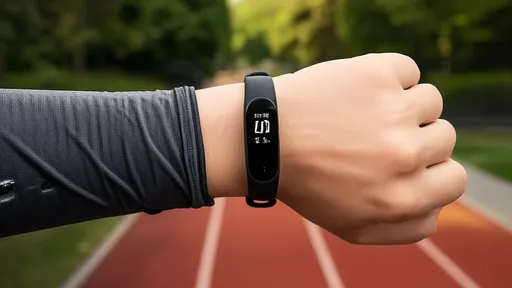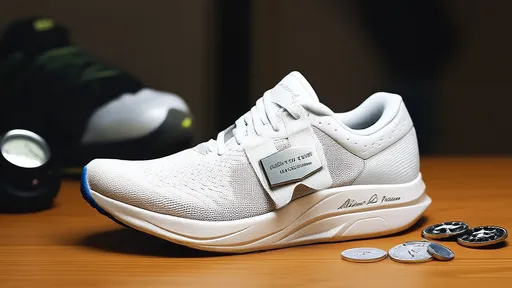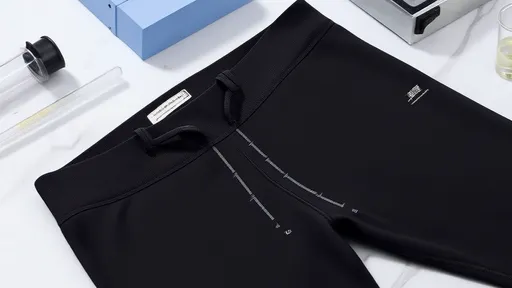The wearable technology market has exploded in recent years, with smart bands becoming ubiquitous accessories for health-conscious consumers. These devices promise to track everything from step counts to sleep patterns, but how reliable is the data they provide? A recent series of controlled experiments sought to answer this question by putting popular smart bands through rigorous real-world testing scenarios.
Researchers designed a multi-phase evaluation process to assess data accuracy across different activity types. Participants wore multiple devices simultaneously while performing standardized exercises in laboratory conditions, followed by real-world usage monitoring. The results revealed surprising inconsistencies in how different brands and models captured identical activities.
Sleep tracking emerged as one of the most contentious metrics. When compared against polysomnography (the clinical gold standard for sleep monitoring), most consumer devices showed significant variance in detecting sleep stages. While they reliably identified when users fell asleep and woke up, the breakdown of light, deep, and REM sleep cycles often differed dramatically from medical-grade equipment. This raises important questions about the clinical relevance of sleep data from wearables.
Heart rate monitoring proved more reliable during steady-state cardio exercises like jogging or cycling. However, during high-intensity interval training or rapid heart rate fluctuations, several devices exhibited lag times of 10-15 seconds in reflecting actual pulse changes. This delay could significantly impact users who rely on real-time feedback for training purposes.
The step counting function, arguably the most basic feature, showed unexpected variations between devices. In controlled walking tests using a calibrated treadmill, some models overcounted steps by as much as 15%, while others undercounted by similar margins. Interestingly, arm movement patterns significantly affected accuracy - carrying objects or pushing strollers led to substantial measurement errors across all tested devices.
GPS tracking capabilities varied widely between urban and rural environments. In city centers with tall buildings, signal interference caused distance measurement errors exceeding 20% on some units. Forested areas presented different challenges, with tree canopy coverage impacting signal reliability. These findings suggest athletes training for outdoor events should interpret distance data with caution.
Temperature sensing, a newer feature on premium models, demonstrated particularly poor correlation with medical thermometers. Skin temperature measurements fluctuated wildly based on ambient conditions and how tightly the band was worn. This calls into question the usefulness of this metric for detecting fevers or other health abnormalities.
Battery life claims also came under scrutiny during the testing period. While all devices met their advertised battery durations under normal use patterns, continuous GPS tracking drained power 30-50% faster than manufacturer estimates. This has important implications for hikers or marathon runners who depend on their devices for extended outdoor activities.
The study also examined how software algorithms affect data presentation. Two devices from the same manufacturer, using identical hardware but different firmware versions, produced noticeably different activity summaries for the same workout. This highlights how much of a smart band's functionality depends on software interpretation rather than raw sensor data.
Perhaps most concerning was the inconsistency in calorie expenditure calculations. When measuring identical exercises performed by test subjects of similar builds, different devices produced calorie estimates varying by up to 40%. Given how many users rely on these numbers for weight management, such discrepancies could significantly impact dietary decisions.
The research team noted that device placement dramatically affected performance. Wrist-worn trackers consistently outperformed hip-clipped models in motion detection, but suffered more interference from arm movements. This suggests manufacturers should provide clearer guidance about optimal wear positions for different activities.
Data synchronization between devices and companion apps introduced another layer of potential error. Some platforms applied proprietary "correction algorithms" that modified raw sensor data before presenting it to users. While intended to smooth out anomalies, these adjustments sometimes masked legitimate activity patterns or created false positives.
As wearable technology becomes increasingly integrated with healthcare systems and insurance programs, these accuracy concerns take on new urgency. Some health providers now offer premium discounts for meeting activity targets measured by wearables, while chronic disease patients may make treatment decisions based on this data. The study authors emphasize that consumers should view smart band metrics as general indicators rather than medical-grade measurements.
The testing protocol revealed that environmental factors like humidity and altitude impacted sensor performance more than most user manuals acknowledge. Devices calibrated at sea level showed marked measurement drift at higher elevations, suggesting travelers should be aware of potential accuracy fluctuations during trips.
Looking ahead, researchers identified several areas for improvement in next-generation devices. More transparent calibration processes, user-adjustable sensitivity settings, and standardized testing protocols could all help bridge the gap between consumer expectations and actual performance. Until then, informed users would be wise to understand the limitations of their wearable data.
For now, smart bands remain useful tools for tracking general fitness trends over time, provided users recognize the inherent margins of error. The most valuable approach might be using the same device consistently to monitor relative changes, rather than treating absolute numbers as precise measurements. As the technology matures, ongoing independent verification of manufacturer claims will be essential to maintain consumer trust in this rapidly evolving market.

By /Jul 18, 2025

By /Jul 18, 2025

By /Jul 18, 2025

By /Jul 18, 2025

By /Jul 18, 2025

By /Jul 18, 2025

By /Jul 18, 2025

By /Jul 18, 2025

By /Jul 18, 2025

By /Jul 18, 2025

By /Jul 18, 2025

By /Jul 18, 2025

By /Jul 18, 2025

By /Jul 18, 2025

By /Jul 18, 2025

By /Jul 18, 2025

By /Jul 18, 2025

By /Jul 18, 2025